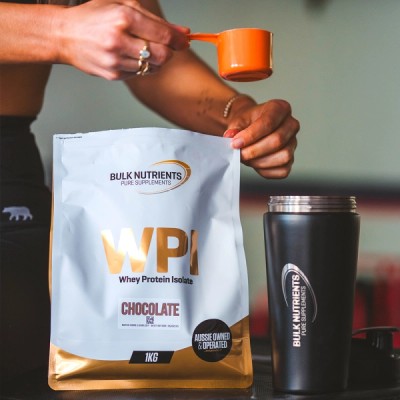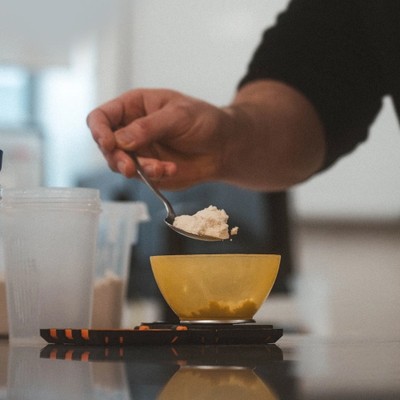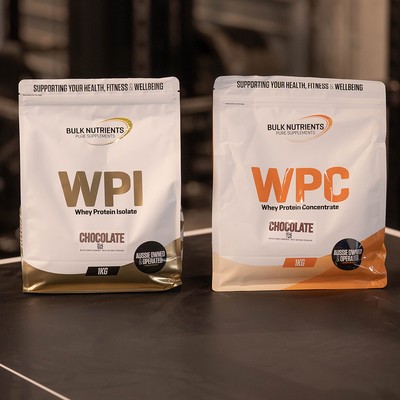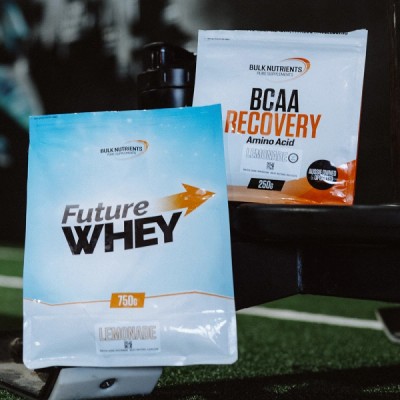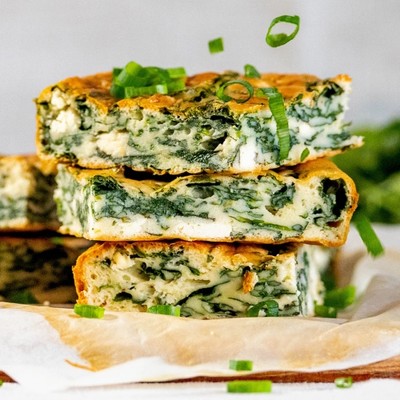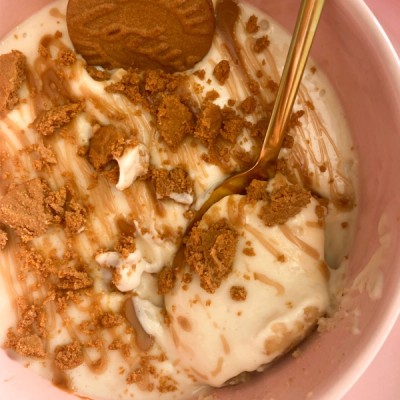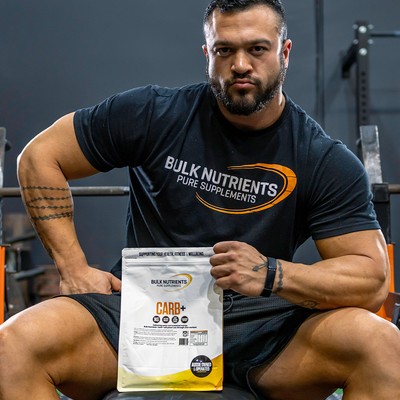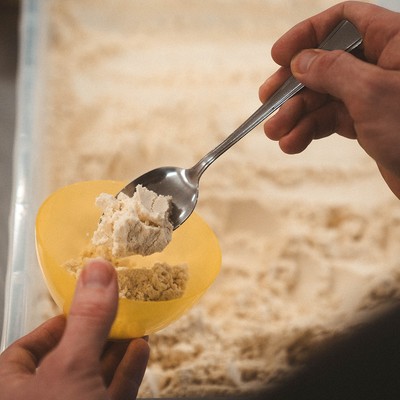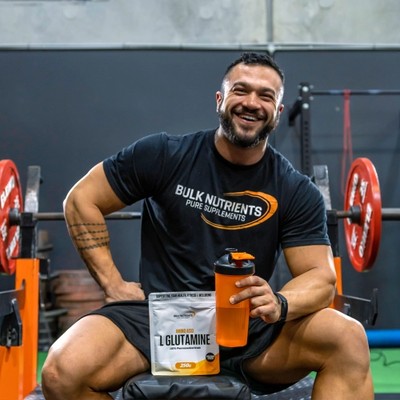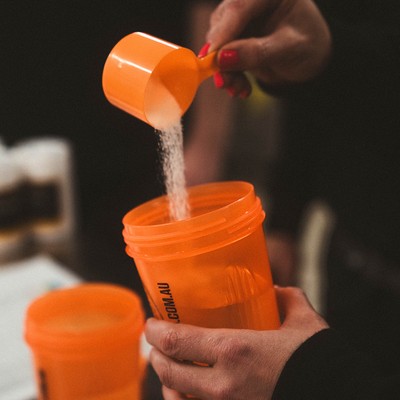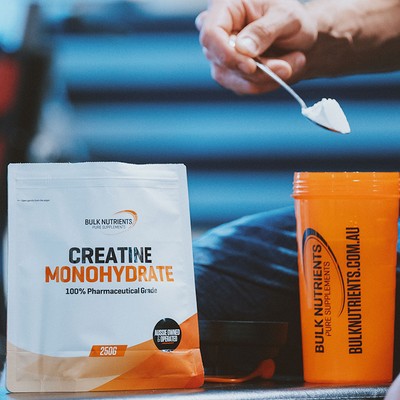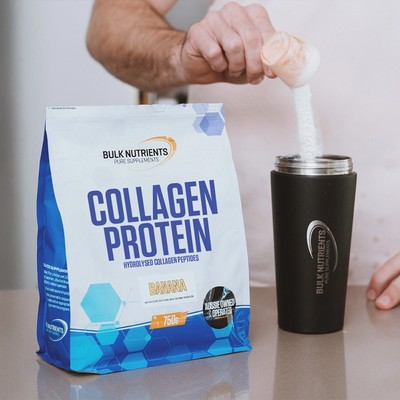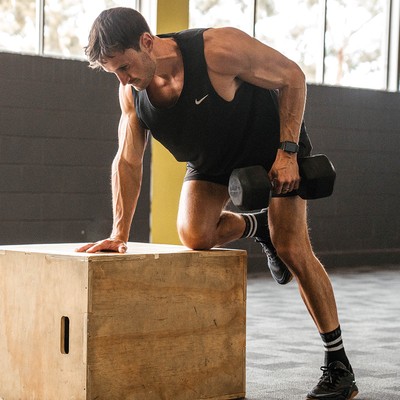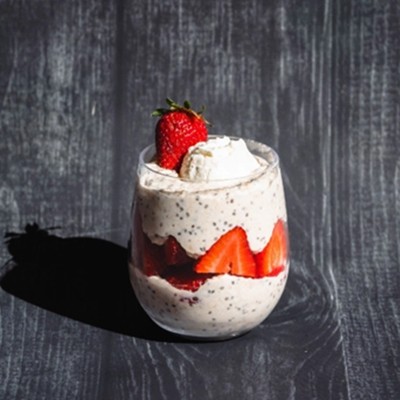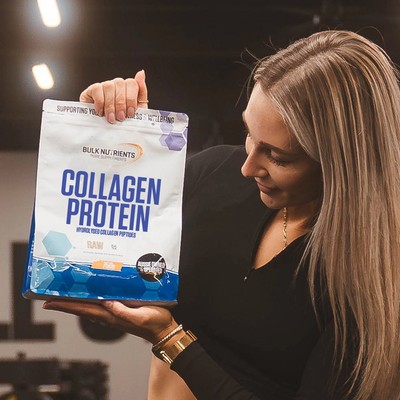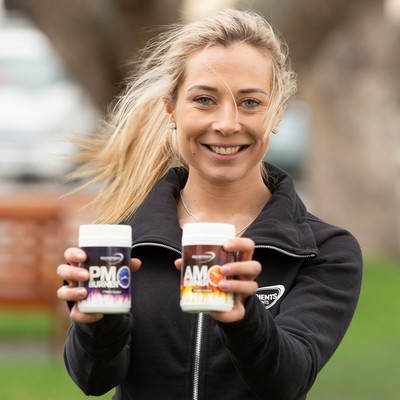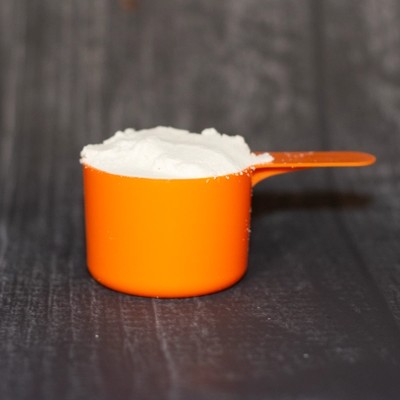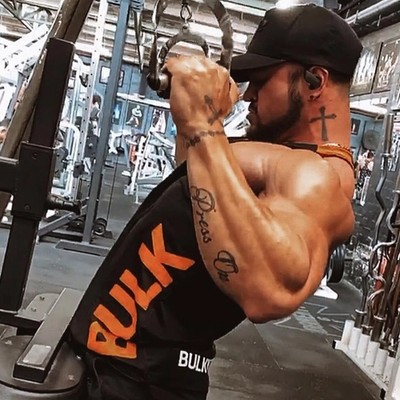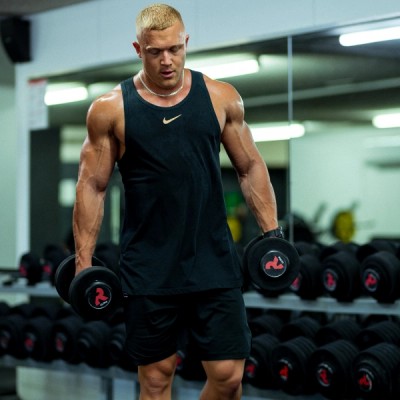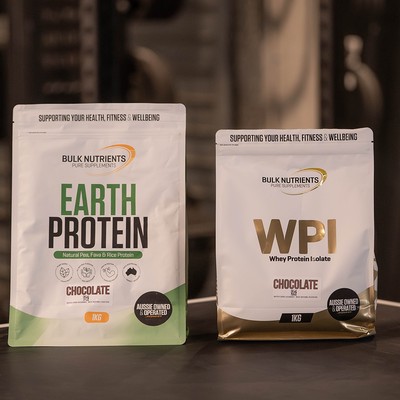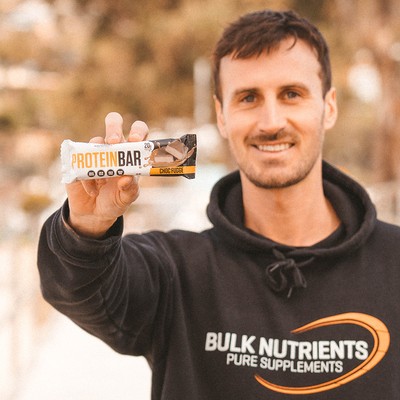The Four Best Exercises for Glute Growth

The best exercises for the glutes
Scientific researcher Brett Contreras has been studying the glutes for over 20 years and suggests four exercises that are great for glute growth, with the first one being hip thursts, a favourite of most in the gym when glute building is the goal.
And there are two ways Brett recommends we perform this exercise:
- Looking down and posteriorly tilting your pelvis into a lockout position (The PPT method)
- Where we look at our head, neck and torso as a unified straight line. We look forward to the bottom position of the rep (towards our knees), and then up at the top position (the hinge method).
Make sure on both exercises, you pause at the top of the movement!
The other tip is to make sure you really squeeze your glutes at the top of the movement and focus on the mind-muscle connection all the way.
It's critical that we have our shins in a vertical position at the top, which we can ensure by having our feet not too close or far away.
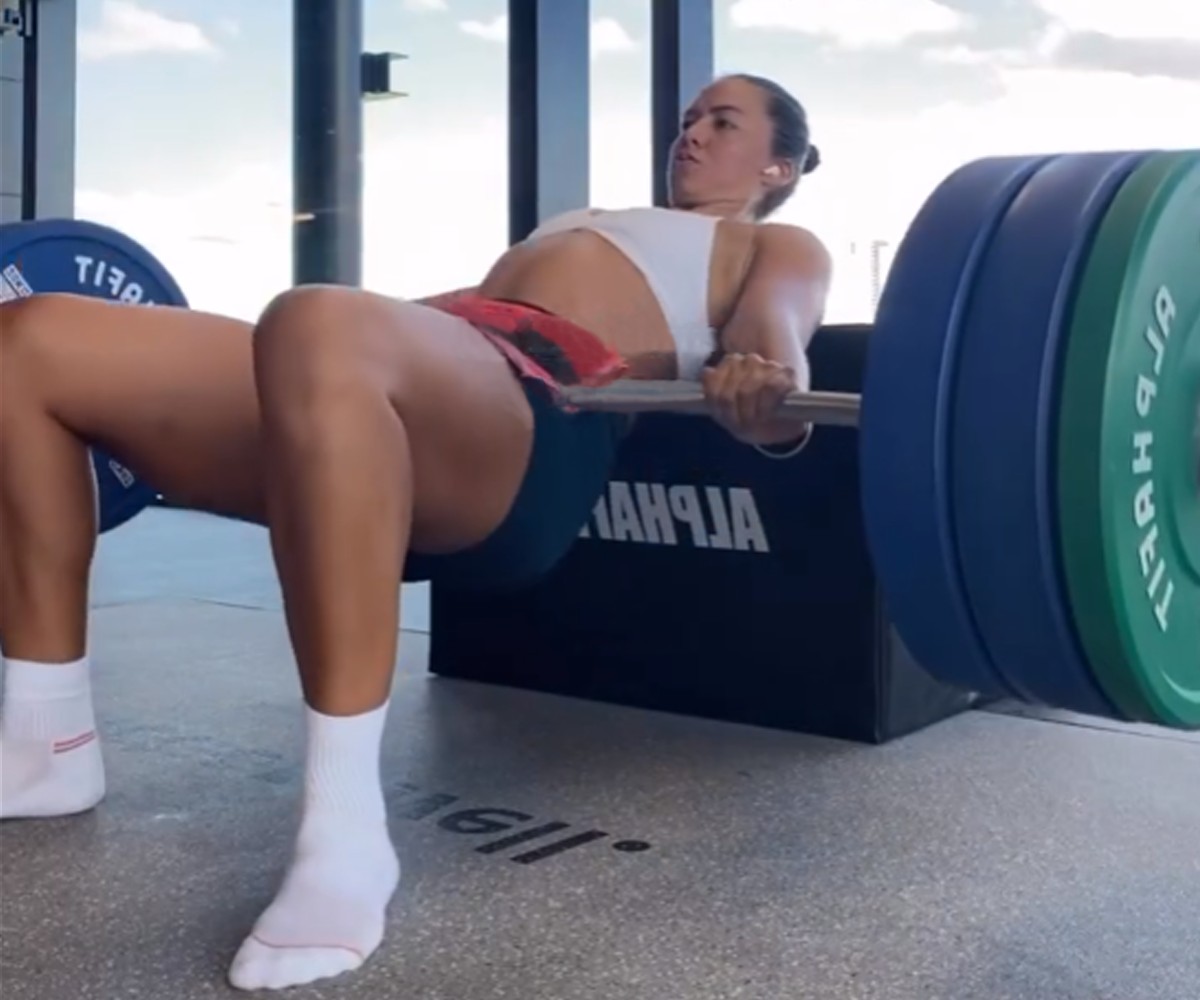
Lunging for maximal glute growth
We've spoken on this blog many times about the three principles of muscle growth:
- Mechanical Tension
- Metabolic Stress
- Muscle Damage
Hip thrusts are great at eliciting mechanical tension (resulting from the heavy weight), and metabolic stress (a pump in the glutes from the exercise, and generally feeling gassed after a set).
But as Brett Contreras points out, we don't get much of a muscle stretch, aka muscle damage (the third principle!) during hip thrusts.
So, enter the dumbbell lunge, where there's plenty of muscle damage!
With the walking dumbbell lunge, you want to adopt a stride length your shin angle at the bottom is just slightly forward.
Ensure the front of your knee is lined up with the front of your shoes and isn't spilling over it.
And the leaning is a very important part! Brett says to lean forward about 20 degrees, but not as far as 45 degrees.
Also, taking a short step before a rep works the quads more, whilst a longer step will work the hamstrings more.

Hyperextensions for glute growth
The third exercise is the hyperextensions:
And there's one of two ways Brett says this should be done; the "neutral-neutral", which is neutral feet, neutral spine. This works the glutes, hamstrings, and erectors really well.
The other alternative to totally isolate the glutes is to "round over at your spine fully" at the bottom. This takes your lower back (erectors) right out of it!
It now becomes a glute and hamstring show only!
Also, turn your feet outwards 45 degrees, which will also deliver more glute activation. Here's what this looks like:
It might feel awkward at first, but there's no doubt you're going to feel your glutes work!
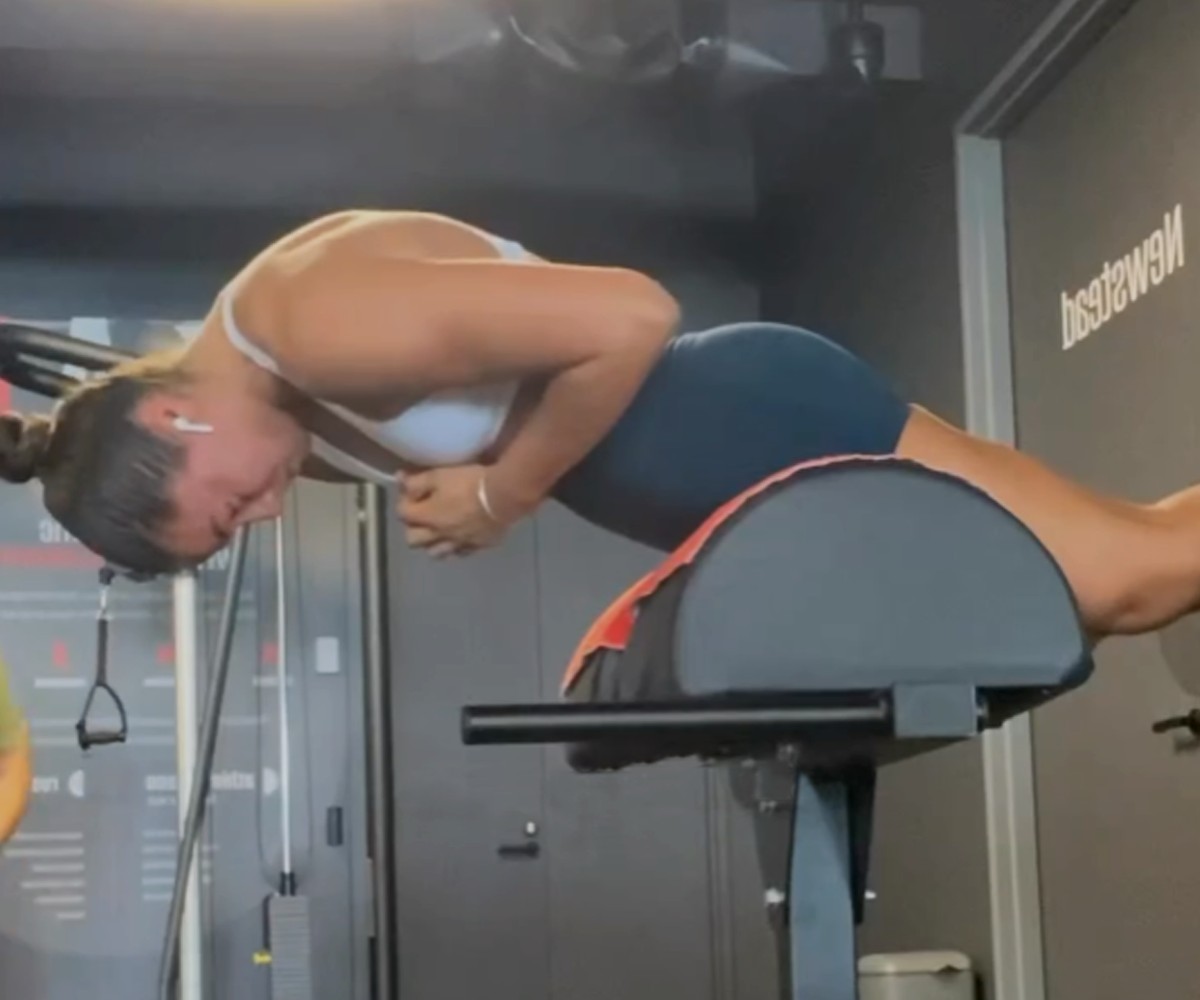
Bodyweight side-lying hip raise for glute growth
The last exercise is the bodyweight side-lying hip raise for glute growth, which Brett says will really target your upper glutes and the entire glute at the bottom of the movement.
Here is a video to demonstrate.
Brett says we simply start in a side plank with our elbows on hips and knees on the ground. We then push through the grounded knee as high as we can; aiming to separate our hips as much as possible! At the top, we drive our hips forward and sink our hips back at the bottom.
Three sets of twelve might be all we need here. But it really depends on how often you've been training your glutes as to how quickly you feel fatigued!
So, there are four glute exercises as cited by a scientific glute researcher that will absolutely test your glutes. PPT or hinge hip thrusts ensure mechanical tension and metabolic stress; two of the three principles of muscle growth.
The second exercise, the walking dumbbell lunge (when performed leaning at a 20-degree angle forward) ensures a large muscle stretch and thus muscle damage to your glutes. This is, of course, the third principle of muscle growth.
The third exercise is the hyperextensions; when performed with a rounded back, isolate the glutes and hamstrings.
The final exercise is the Bodyweight side-lying hip raise, which works the entire glutes at different stages of repetition.
Read More about Glute Growth

Dayne Hudson
Like many, Dayne was once desperate to lose weight and get into shape. But everyone he asked, everything he read, lead to the same place... nowhere.
His journey started there - researching science journals and completing a Sports Nutrition Specialist qualification so he could make weight loss easier.
References:
- Contreras B, Vigotsky AD, Schoenfeld BJ, Beardsley C, Cronin J. A Comparison of Gluteus Maximus, Biceps Femoris, and Vastus Lateralis Electromyography Amplitude for the Barbell, Band, and American Hip Thrust Variations. J Appl Biomech. 2016 Jun;32(3):254-60. doi: 10.1123/jab.2015-0091. Epub 2015 Dec 22. PMID: 26695353.
- Neto WK, Soares EG, Vieira TL, et al. Gluteus Maximus Activation during Common Strength and Hypertrophy Exercises: A Systematic Review. J Sports Sci Med. 2020;19(1):195-203. Published 2020 Feb 24.
- Schoenfeld BJ. The mechanisms of muscle hypertrophy and their application to resistance training. J Strength Cond Res. 2010 Oct;24(10):2857-72. doi: 10.1519/JSC.0b013e3181e840f3. PMID: 20847704.
Related Blogs
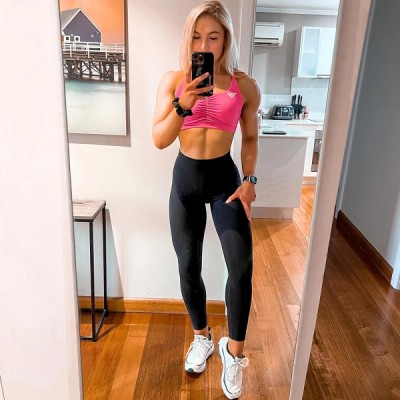
Scientific Booty Building We Can Learn From Instagram Girls
Posted by Dayne Hudson
Estimated reading time: 6 minutes
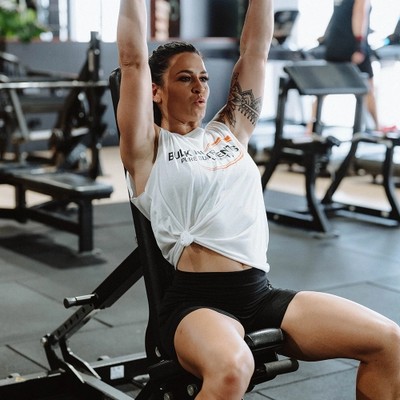
How to Blast Your Legs With Kettlebells
Posted by Dayne Hudson
Estimated reading time: 5 minutes
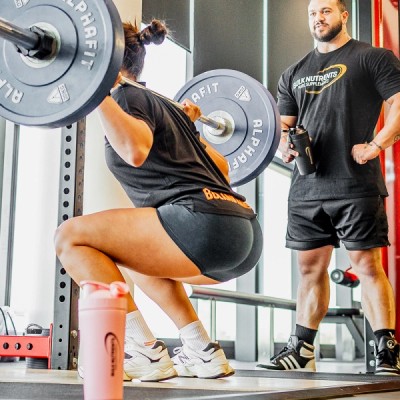
Are Squats or Hip Thrusts Better for Glutes?
Posted by Dayne Hudson
Estimated reading time: 5 minutes

